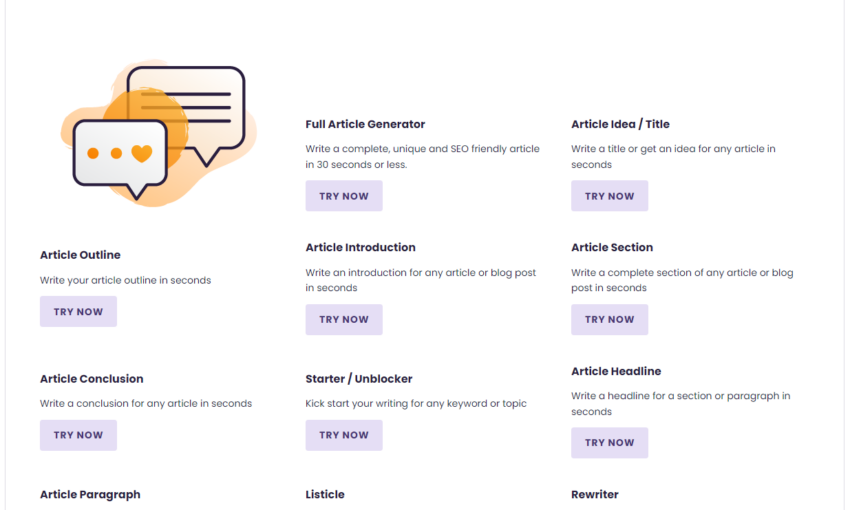Running a freelance web design business may sound fairly simple. In practice, it’s very challenging. There are so many facets required to find success. And even when you think that you’ve checked all the right boxes, prosperity can still feel elusive.
When your business just isn’t going as well as you’d hoped, you have to find what’s lacking. Today, we’re going to dedicate some time to search for those missing ingredients.
The Freelance Designer Toolbox
Unlimited Downloads: 500,000+ Web Templates, Icon Sets, Themes & Design Assets
All starting at only $16.50 per month
Analyze Your Situation
The first step to improving your design business is to conduct an analysis of where you are. It doesn’t have to be incredibly deep. Think of it more as a summary of what you’re doing and what you’ve done.
You’ll want to focus on the following areas:
Projects
Think about the projects you’ve worked on over the past year (or any time period you choose). Try to find some common threads between them. Perhaps your clients were in the same industry, or the projects were similarly priced.
Or, maybe you’ll find that they didn’t have much in common at all. That’s okay, too. The main idea here is to review the types of gigs that have crossed your desk over a period of time.
Finances
Similarly, review how your business has performed financially. Take a look at how you’re doing this year as compared to the past. Has your income grown? What about your expenses?
Diving in even deeper, look back at how you’ve done historically in specific quarters or months. You might notice, for example, that some times of the year produce more revenue than others.
Busy-ness
Lastly, analyze your workload. Has it fluctuated much over the past year or two? Do you find yourself overwhelmed with work? Or, do you have too much free time on your hands?
Put these three items together and you should have a solid grasp of how your business is doing. Hopefully, you’ll even spot some patterns that you may not have previously noticed. Jot them down on a piece of paper for future reference.

Think About the Results
Once you have taken a hard look at your business, you can then figure out the areas that need improved. The results are definitely not one-size-fits-all. What you find will be specific to your situation.
Therefore, it’s important to think about what it is you want from all of this. What’s your passion? What led you to start your own design business in the first place?
Now, let’s take another look at the three items you analyzed above. Only this time we’ll include some examples to serve as guidance for determining your own path forward.
Projects
There are times when freelancing means being stuck with projects that aren’t exactly attractive to us. This type of “grunt work” just isn’t very stimulating. It can really make you dread having to go to work each day.
If you’ve found yourself taking on the wrong types of projects, it’s time to hit the reset button. While we all have to pay the bills, we don’t have to settle.
Instead of saying “yes” to whatever comes your way, allow yourself to be more selective. If you really love a certain design niche, actively look for work in that area. Or, if you only want to work with WordPress, make it the core of your services.
We have the freedom to work the way we want. But it’s up to us to make it a reality.
Finances
Staying afloat financially is one of the biggest challenges of being a freelancer. Money often arrives in bunches, only to be followed up by a dry spell.
One way to counter that is to create steady streams of revenue. You could, for instance, offer maintenance packages to clients. Include an allotted amount of time that your clients have available to them, whether they use it or not. Odds are, not everyone is going to use the package to the full extent. You, on the other hand, gain some predictable income.
The other part of the equation is in your pricing. Many freelancers undervalue their services. The result is that you’re working hard, but not getting paid accordingly. Take a look at your pricing structure and see if a reasonable increase is in order.
Busy-ness
Part of the freelance lifestyle is setting a schedule that works for you. It means that you’re able to build a workday that takes your kids into consideration. Or you can choose to work at night if you find that you’re more productive.
If your schedule is either too full or too sparse, make a change. This really does go hand-in-hand with the types of projects you choose and your financial situation. Set yourself up in those areas while keeping your workload in mind. It is possible to strike a balance that is more to your liking.

Solving the Puzzle
Every design business can benefit from the occasional tune-up. But in order to make the right adjustments, we have to take an honest look at where things stand. Only then can we find the missing pieces to happiness and success.
The great part of being a freelancer is that we don’t have to rely on anyone else to implement changes. We have the power to make our business exactly what we want it to be.
This post may contain affiliate links. See our disclosure about affiliate links here.




